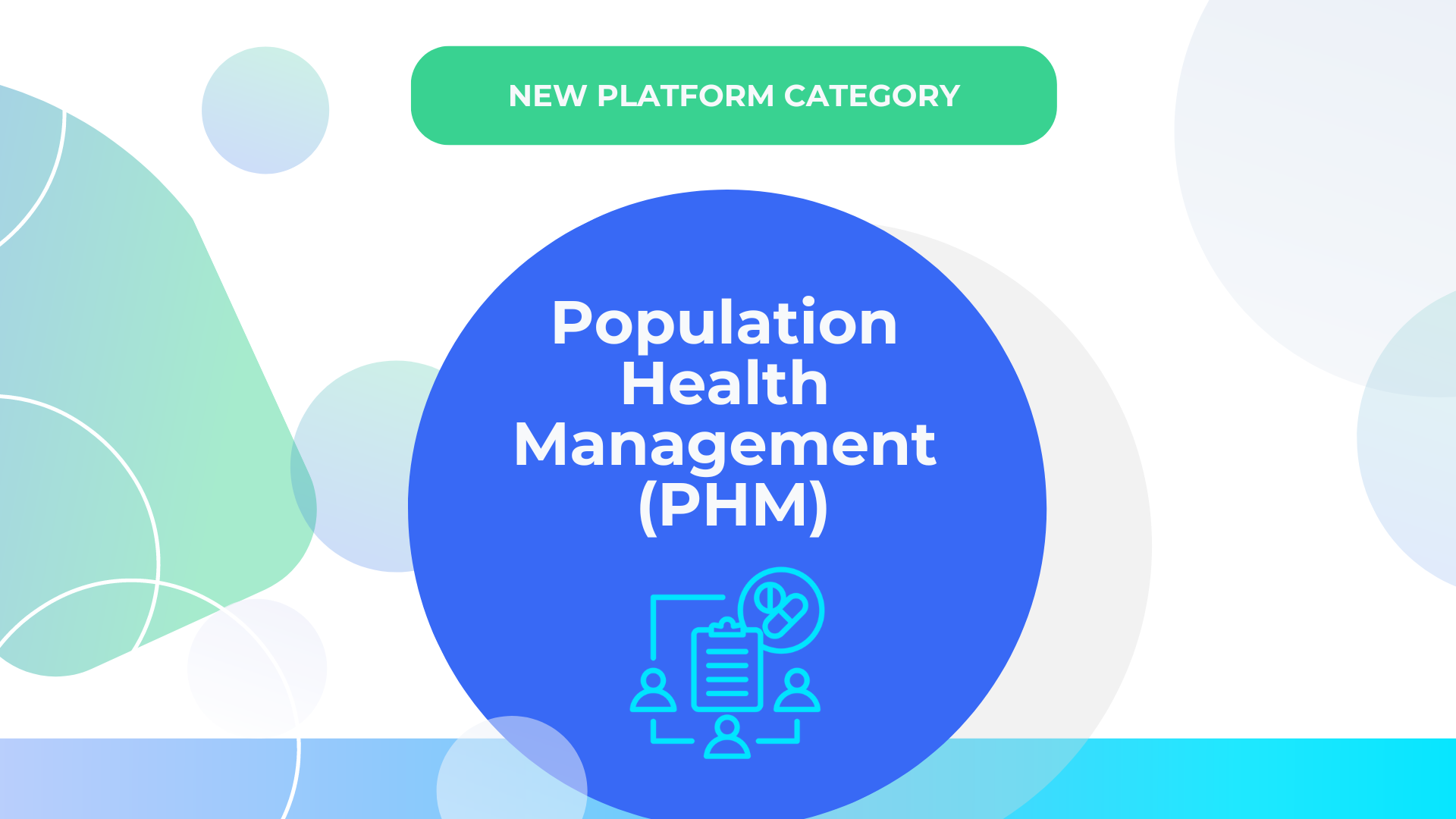What is population health management software and why does it matter now?
Population Health Management (PHM) software is a comprehensive solution designed to collect, analyze, and manage patient data across various health information systems. This software integrates data from electronic health records (EHRs), claims data, and other sources to provide a holistic view of patient populations. Through sophisticated analytics, PHM software identifies high-risk patients, monitors chronic conditions, and supports preventive care initiatives. Its core functionalities often include risk stratification, care coordination, patient engagement, and performance measurement, all of which are essential for optimizing health outcomes and achieving efficiency in healthcare delivery.
In today’s digital health landscape, PHM software is of paramount importance. As the healthcare industry transitions from volume-based to value-based care models, the ability to manage patient populations effectively is critical. PHM software enables healthcare providers to shift from reactive to proactive care, focusing on prevention and early intervention. By identifying patients who are at risk of developing severe health issues, providers can implement targeted interventions that improve health outcomes and reduce overall healthcare costs. This proactive approach is particularly important in managing chronic diseases, which are prevalent and costly to treat.
PHM software is vital for enhancing care coordination and ensuring continuity of care, especially in complex healthcare systems with multiple providers and care settings. It facilitates seamless communication and data sharing among healthcare professionals, ensuring that patients receive comprehensive and coordinated care. Additionally, as digital health technologies continue to evolve, PHM software plays a crucial role in harnessing the power of big data and advanced analytics. It helps healthcare organizations make informed decisions, comply with regulatory requirements, and achieve performance benchmarks. In essence, PHM software is a cornerstone of modern healthcare, driving improvements in patient care, operational efficiency, and financial sustainability.
How can population health management software benefit hospitals and health systems, short-term and long-term?
PHM software offers significant benefits to hospitals and health systems, both in the short term and long term.
Short-Term Benefits:
- Enhanced Care Coordination: PHM software immediately improves communication and coordination among healthcare providers. By centralizing patient data and making it accessible to all members of the care team, it ensures that everyone is on the same page, reducing the likelihood of errors and duplicative tests.
- Proactive Patient Management: In the short term, PHM software enables hospitals to identify high-risk patients quickly. This allows for timely interventions, reducing hospital readmissions and emergency room visits, and leading to better immediate patient outcomes.
- Operational Efficiency: PHM software streamlines administrative processes and reduces the burden of manual data entry. By automating data collection and analysis, hospitals can allocate resources more efficiently and focus on delivering quality patient care.
Long-Term Benefits:
- Improved Patient Outcomes: Over time, the insights gained from PHM software can lead to better health outcomes by enabling long-term management of chronic diseases and preventive care. Continuous monitoring and data analysis help in formulating effective treatment plans and improving overall population health.
- Cost Reduction: In the long term, effective PHM can significantly reduce healthcare costs. By focusing on preventive care and early intervention, hospitals can decrease the incidence of costly acute care episodes and manage chronic conditions more efficiently.
- Adaptation to Value-Based Care Models: As the healthcare industry shifts towards value-based care, PHM software helps hospitals adapt by providing the tools needed to meet quality and performance benchmarks. This transition not only enhances patient care but also ensures financial sustainability by aligning reimbursements with the quality of care provided.
- Data-Driven Decision Making: Long-term use of PHM software fosters a culture of continuous improvement through data-driven decision-making. Hospitals can track performance metrics, identify trends, and make informed strategic decisions that enhance care delivery and operational effectiveness.
PHM software equips hospitals and health systems with the tools necessary to achieve immediate improvements in care coordination and operational efficiency while setting the foundation for long-term benefits in patient outcomes, cost reduction, and adaptation to evolving healthcare models.
